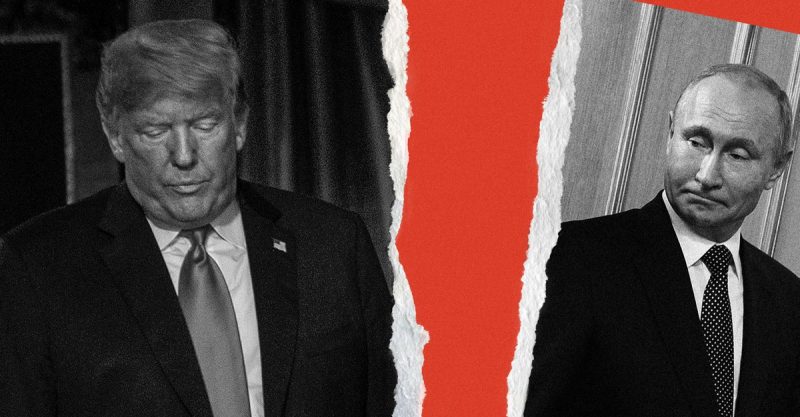
The relationship between Donald Trump and Vladimir Putin has always been a fascinating, and often perplexing, spectacle. It’s a connection steeped in intrigue, fueled by speculation, and constantly shifting like the sands of time. This complex dynamic, however, might be undergoing a subtle yet significant change. The clues, as is often the case with Trump, are scattered across his social media footprint and past pronouncements.
It all started, as many Trump-related narratives do, with a tweet. More than a decade ago, a casual musing about whether Putin would attend a beauty pageant sparked a conversation that would ultimately define a significant portion of Trump’s political career. This seemingly innocuous comment foreshadowed a relationship that would become a major talking point, both domestically and internationally, during his presidency.
The early days were marked by overt admiration, bordering on fawning. Trump consistently praised Putin’s strength and leadership, often contrasting it with the perceived weaknesses of America’s allies. This public display of affection, while unsettling to many, served to cultivate an image of Trump as a strongman, unafraid to challenge established norms in international relations.
However, the rosy picture began to fade as the realities of geopolitical power dynamics and the weight of the presidency settled in. The Mueller investigation, focusing on Russian interference in the 2016 election, cast a long shadow over the relationship. Subsequent events, including Russia’s invasion of Ukraine, further strained the once-close bond. Trump’s initial reluctance to strongly condemn the invasion, followed by a more critical, though still inconsistent, stance, highlighted the complexities of their evolving partnership.
Now, the question arises: has the honeymoon period definitively ended? Recent statements and actions suggest a potential shift. While overt displays of admiration have diminished, the underlying complexities remain. The absence of the former warmth does not necessarily translate into outright hostility, but rather a more nuanced and perhaps pragmatic recalibration. The relationship is no longer defined by the enthusiastic pronouncements of the early days. Instead, it’s a relationship characterized by a more guarded approach, leaving observers to speculate on the true nature of the dynamic.
Ultimately, deciphering the intricacies of the Trump-Putin relationship requires a careful analysis of their public statements, actions, and the ever-shifting landscape of international politics. What remains clear is that this is a story that is far from over, and one that continues to hold significant implications for both domestic and global affairs.










